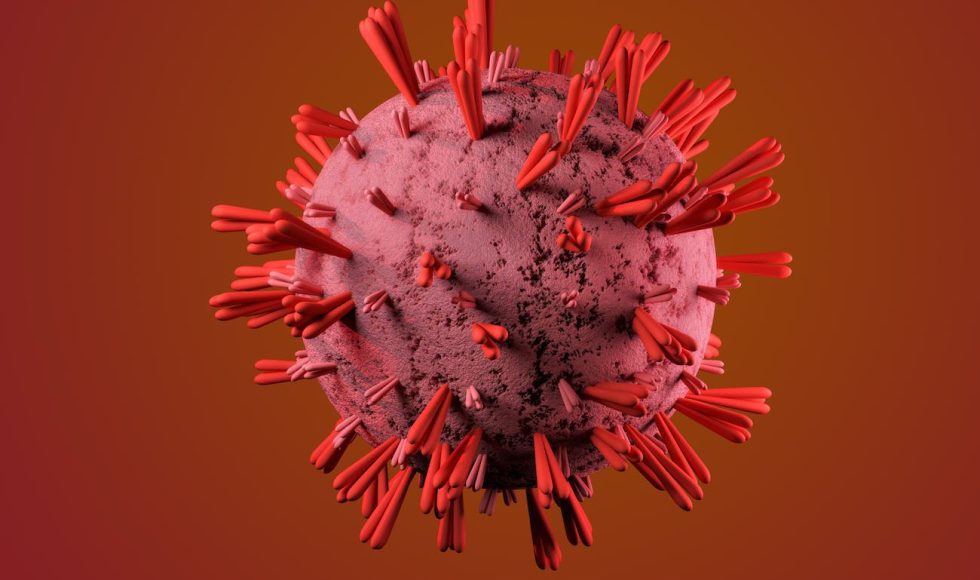Ewan Birney from EMBL & EMBL-EBI in the UK presented at the Nanopore Community Meeting 2021 on “DNA and RNA modifications: how nanopore is giving us new biological insights -from COVID to gene expression.” They began by explaining that nanopore sequencing and sensing modification was recognized as feasible in 2014. DNA modifications such as CpG […]
Tonight I watched the March 2022 session with Cliv Brown explaining updates with Oxford Nanopore Technologies (ONT). I wanted to watch this longer (~45 min) session as we get closer to new updates. Brown spoke about how Nanopore signal is information rich and new approaches using machine learning algorithms. They explained the Q20+ chemistry with […]
I have been interested in using nanopore sequencing to identify modified bases. Tonight, I watched Adrien Leger, a Senior Research Scientist at the Sequencing Chemistry program in Oxford Nanopore Technologies present at London Calling 2022. This session was an update of the Remora epi-basecaller release. They explained the similarities between remora fish and the remora […]
Danny E. Miller from the University of Washington presented at the Nanopore Community Meeting 2022 a twenty-minute session entitled “Long-read sequencing resolves complex structural variants and identifies missing pathogenic variants in unsolved homphilia cases.” Miller spoke about the “diagnostic odyssey” for patients with genetic diseases and that “a traditional genetic workup is diagnostic in less […]
Billy Lau from Stanford University School of Medicine spoke at the Nanopore Community Meeting 2022. Lau’s 20-minute session was entitled “Single molecule methylation profiles of cell-free DNA in cancer with nanopore sequencing.” The study had the goal of exploring the “potential utility of nanopore sequencing for assessing cancer in cfDNA.” Lau explained that the conventional […]
Soren Heidelbach spoke at the Nanopore Community Meeting 2022 about “Developing new bioinformatics methods to identify modifications from nanopore sequencing.” Heidelbach is from Aalborg University, Denmark. They did metagenomic binning: grouped contigs based on information from k-mers and coverage and also considered modification motifs. Their modification of metagenomic binning was to include base modification as […]







